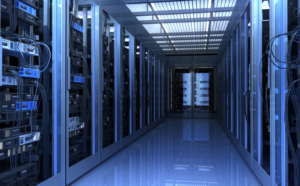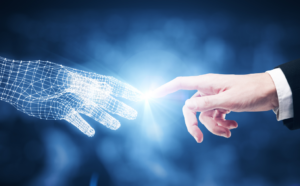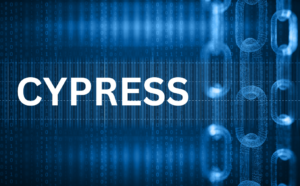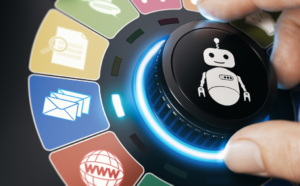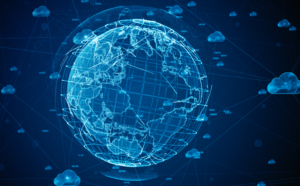Artificial Intelligence (AI), Machine Learning (ML), and Deep Learning (DL) are terms frequently used in the tech industry, but they each represent distinct concepts with unique characteristics. Understanding their differences is key to grasping how these technologies are transforming the digital landscape.
1. What is Artificial Intelligence (AI)?
AI is the broad concept of creating machines or software systems that replicate human intelligence. These systems can perform tasks that typically require human cognition, such as reasoning, problem-solving, and decision-making.
AI Categories:
- Narrow AI: Designed to perform specific tasks (e.g., voice assistants, recommendation systems).
- General AI: A theoretical system capable of performing any intellectual task a human can do.
- Super AI: A hypothetical form where machines surpass human intelligence.
Examples of AI:
- Chatbots (e.g., ChatGPT)
- Autonomous vehicles
- Image and voice recognition systems
2. What is Machine Learning (ML)?
Machine Learning is a subset of AI focused on developing algorithms that enable machines to learn from data and improve over time without being explicitly programmed. Unlike traditional programming, where rules are predefined, ML systems learn patterns and make predictions or decisions based on input data.
How ML Works:
- Data Collection: Gathering input data.
- Training: The algorithm learns patterns from the data.
- Testing and Deployment: The model is tested, fine-tuned, and deployed for use.
Types of ML:
- Supervised Learning: Uses labeled data (e.g., spam detection).
- Unsupervised Learning: Identifies patterns in unlabeled data (e.g., clustering).
- Reinforcement Learning: Learns through trial and error to maximize rewards (e.g., game-playing AI).
Examples of ML:
- Fraud detection in banking
- Personalized recommendations (e.g., Netflix, Amazon)
- Predictive analytics in marketing
3. What is Deep Learning (DL)?
Deep Learning is a specialized subset of Machine Learning that uses artificial neural networks inspired by the human brain. These networks consist of multiple layers, hence the term “deep,” and are designed to process and analyze large volumes of data.
Key Features of DL:
- Neural Networks with Multiple Layers: Each layer extracts features to make complex predictions.
- Large Datasets and Computational Resources: DL models require vast amounts of data and processing power, often with GPUs.
- Minimal Feature Engineering: The model automatically learns relevant features from raw data.
Examples of DL:
- Image recognition (e.g., facial recognition)
- Voice assistants (e.g., Siri, Alexa)
- Self-driving cars interpreting road conditions
Key Differences: AI vs. ML vs. DL
- Scope: AI is the overarching concept, Machine Learning is a method within AI, and Deep Learning is a more advanced technique within ML.
- Complexity: AI can range from simple rule-based systems to complex algorithms. ML focuses on learning from data, and DL requires powerful computing and large datasets to handle complex tasks.
- Data Requirements: AI can work with predefined rules or small datasets. ML requires significant amounts of data for pattern recognition, and DL thrives on huge datasets and high computational power.
How They Work Together
AI is the goal, ML is the tool, and DL is an advanced technique. For example:
- AI Goal: Develop a virtual assistant.
- ML Method: Train the assistant to understand and respond to text.
- DL Technique: Use deep learning to enable the assistant to recognize emotions and context in conversations.
Conclusion
AI, ML, and DL are interconnected yet distinct. AI is the broad field, ML is its practical application, and DL represents cutting-edge techniques in ML. Understanding their differences is essential for harnessing these technologies in innovation and business.
By recognizing how these concepts work together, businesses and professionals can better leverage AI, ML, and DL to drive transformation in various industries.

